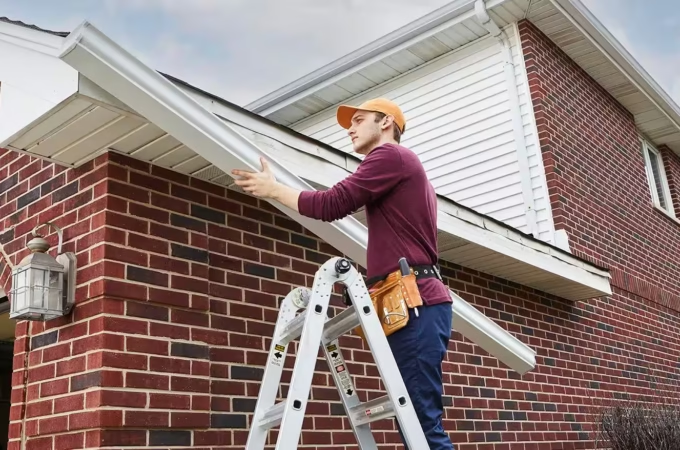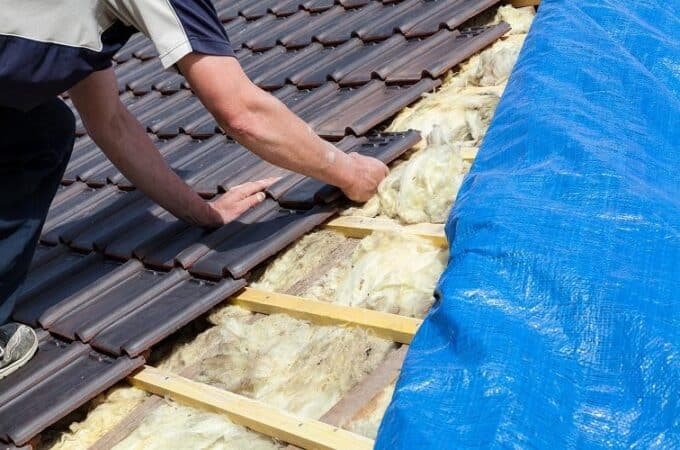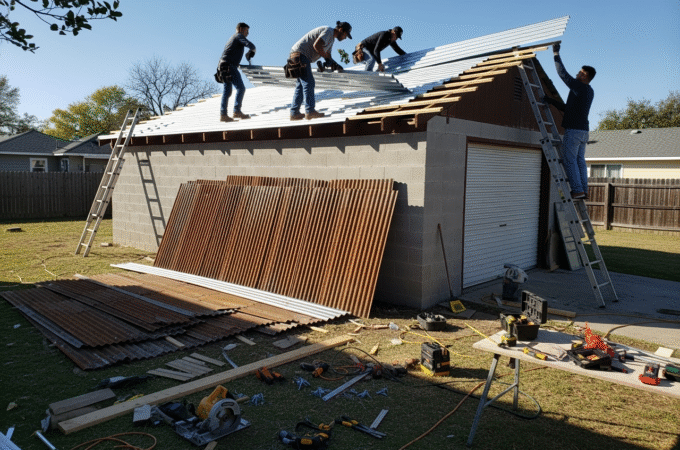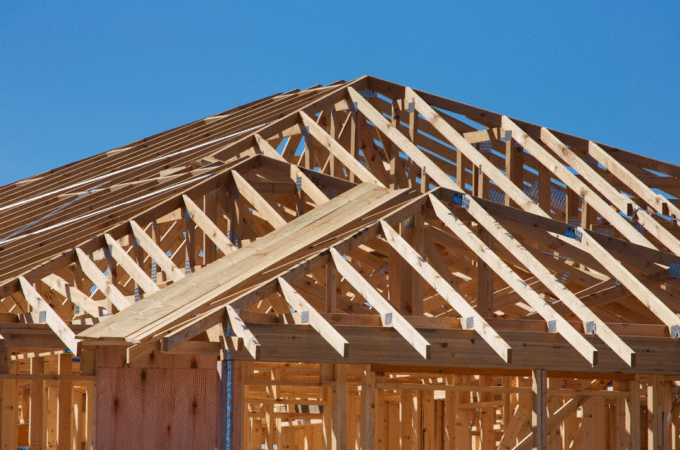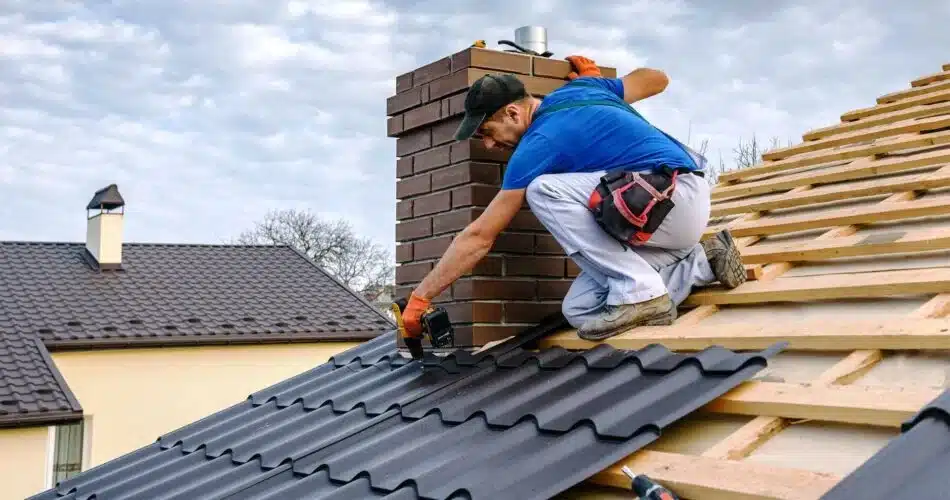
Preventing Common Roofing Problems: Proactive Steps For Every Homeowner
Table of Contents
ToggleKey Takeaways
- Proactive roof maintenance is essential to prevent costly damage and extend the roof’s lifespan.
- Recognizing early signs of common roofing problems empowers homeowners to act swiftly and avoid escalation.
- Seasonal inspections and straightforward DIY maintenance tasks are vital for long-term roof health.
- Identifying when to consult professionals helps protect your investment and ensures lasting protection.
Table of Contents
- Why Roof Maintenance Matters
- Recognizing Signs of Roof Trouble
- DIY Roof Inspection Tips
- How Weather Affects Your Roof
- Simple Preventative Steps
- When To Call A Professional
- Energy Efficiency And Roof Care
- Staying Informed And Resourced
Why Roof Maintenance Matters
The roof is the primary barrier between your living space and the elements, shielding your home from rain, snow, wind, and sunlight. Despite its crucial role, many homeowners overlook routine roof care, leading to vulnerabilities that can have a significant financial impact. Even a small leak or cracked shingle can let water infiltrate the underlying structure, resulting in rot, mold, or insulation problems over time. It’s much easier—and less costly—to repair minor roofing concerns before they become larger headaches. Regular maintenance helps keep repair expenses manageable and can even extend the life of your roof by several years. Delaying these repairs may result in water damage, compromised insulation, and higher utility bills, creating a chain reaction of issues that could have been avoided with early intervention.
Proactive care starts with identifying signs of trouble early and knowing when to seek advice from trusted Denver roofers or experienced professionals in your region. Roofing specialists play a valuable role by performing detailed inspections, catching hidden threats, and providing you with insights into the best materials and maintenance methods for your specific home’s needs. By securing professional guidance at regular intervals, you can proactively defend your home against preventable damage and ensure the longevity of your roofing investment.
Recognizing Signs of Roof Trouble
Early detection is the linchpin of effective roof care. Homeowners should watch for telltale visual and sensory cues outside and inside the home. Scan the roofline from the curb or backyard for apparent shingle damage such as curling, cracking, or missing shingles. Check for uneven patches or dips that could signal trapped moisture or weakened decking below. Look for loose granules gathering in gutters and downspouts, as they indicate premature wear and loss of protective shingle layers. Indoors, stains on ceilings, bubbling paint, or musty odors are often red flags that water is making its way through the roof’s protective barriers.
Additionally, sagging along the ridgeline or valleys is a significant warning sign, often pointing toward compromised structural support caused by long-term leaks or water pooling. Listen for the sound of dripping in the attic during or after a rainstorm, and note if there’s a consistent draft coming from above, which could indicate gaps or failed insulation. Responding quickly when these symptoms appear can prevent further deterioration, often allowing for simpler, less expensive repairs.
DIY Roof Inspection Tips
Performing regular inspections is one of the most effective ways to keep your roof in peak condition. Twice a year—preferably during spring and fall—walk the perimeter of your home while using binoculars to examine the shingles, flashing, and roof valleys. Watch for shifting, cracking, or discolored sections that appear different from the surrounding surface. Don’t forget to check gutter edges and the ground below for shingle granules, which could point to wear. When it’s safe to access the attic, bring a flashlight to search for stains, damp insulation, or mysterious streaks of daylight streaming through the roof boards.
Clean gutters and downspouts thoroughly, as blockages can cause water to back up, spilling under shingles and into the attic. Remove fallen leaves, pine needles, and other debris collected at joints or valleys since these promote rot and algae growth. Be careful not to use ladders on soft or wet ground, and never climb onto your roof unless you’re confident of its stability and safety. For many homeowners, routine but careful ground and attic inspections will spot minor problems before they escalate, making professional interventions less frequent and more targeted.
How Weather Affects Your Roof
Across different climates, the roof takes a beating from nature’s harshest elements. Persistent sunlight can bake shingles, leading to brittleness and cracking, while relentless rain or sudden snowmelt encourages leaks and rapid deterioration. In hurricane or tornado-prone regions, strong winds can easily pry up edges or tear away large sections of shingles. After major storms, it’s essential to scrutinize the roof closely for new damage. Climate change is accelerating the frequency and intensity of extreme weather events, prompting experts to stress the importance of post-storm inspections and timely maintenance.
- Intense UV exposure Results in shingles that become dry and fracture easily, reducing water resistance.
- Continuous precipitation: Promotes rot, moss, and algae growth that weaken roofing materials over time.
- High winds: Lift, curl, or completely dislodge shingles, exposing underlayment and increasing vulnerability to leaks.
- Freeze-thaw cycles: Cause water trapped under shingles to expand and contract, prying materials apart and creating pathways for leaks.
- Hail: Leaves dents, bruises, or punctures in shingles, which may not be easily noticed without close inspection.
After any abnormal weather event, check the roof’s surface and your attic spaces for new leaks or water stains. Swift detection and remediation help prevent the compounding effects of water infiltration, mold development, and insulation failure.
Simple Preventative Steps
- Keep trees trimmed back to prevent branches from rubbing against or falling onto the roof during storms and to minimize shade where moss and algae can thrive.
- Clear gutters and downspouts in the spring and fall to avert blockages that trap water and lead to rot or ice dams.
- Visually inspect flashing at least twice a year and after severe weather. Loose or corroded flashing can cause leaks at vulnerable roof joints.
- Use a garden hose (never a pressure washer) to rinse off dirt, moss, and algae. Address early growth with gentle brushing or approved roof-cleaning solutions.
- Evaluate attic ventilation and insulation annually. Good airflow reduces condensate build-up, while sufficient insulation prevents heat from escaping through the roof, contributing to ice damming in cold regions.
Most homeowners can handle these proactive measures and lay the foundation for effective roof maintenance routines. When performed regularly, they lengthen your roof’s service life and lessen the likelihood of expensive emergencies.
When To Call A Professional
Although DIY efforts are valuable, qualified professionals should always handle complex roofing issues. Significant sagging, widespread water damage, persistent leaks, or signs of mold and deterioration beyond the surface demand expert assessment. Trained roofers can spot subtle signs of structural fatigue, rotted decking, or improper installation that can be difficult for homeowners to detect. Their specialized equipment also allows for safe, thorough inspection and precise repairs.
Checklist: Signs You Need a Professional
- Sagging or dipping areas along the roofline
- Multiple or large areas of missing shingles and underlayment
- Water stains or wet spots that reappear after storms
- Growth of persistent mold or moss not resolved by cleaning
- Flashings that frequently become loose or show advanced corrosion
When any of these issues are present, conducting a thorough evaluation ensures the problem will be addressed appropriately, preventing further spread and safeguarding the interior of your home from avoidable damage.
Energy Efficiency And Roof Care
A healthy, airtight roof offers more than just weather defense—it’s also a gateway to significant energy savings for homeowners. Gaps or weaknesses in your roof’s construction can let conditioned air escape, forcing HVAC systems to work harder. Maintaining insulation and sealing air leaks, your home maintains a comfortable temperature, often with less energy. The U.S. Department of Energy estimates that improving attic insulation and sealing attic bypasses can deliver heating and cooling savings of up to 15%. This not only saves money but also reduces environmental impact over the lifespan of your property.
- Survey attic insulation at least annually; top up to the required R-values as your region dictates.
- Seal obvious air leaks around attic access doors, vent pipes, and wiring holes to prevent drafts.
- When replacing roofing material, consider cool roof options that reflect more sunlight and absorb less heat.
These additional steps strengthen the connection between roof maintenance and household comfort, resulting in lower monthly utility costs and improved indoor air quality.
Staying Informed And Resourced
The world of roofing is constantly evolving, making it essential for homeowners to stay current by using reputable, unbiased resources. Whether you’re performing light maintenance or facing a major repair, having access to current guidelines and expert-recommended practices is invaluable. Comprehensive resources offer step-by-step solutions, detailed diagrams, and tips for everyday maintenance and challenging repairs.
In the end, a proactive approach—rooted in regular self-inspection, timely professional assessments, and the continuous use of trusted sources—puts the power to prevent common roofing problems directly into your hands. Through vigilant, informed care, your roof will provide maximum shelter, comfort, and value for years.
Mark Ligon is the Marketing Manager at a leading e-commerce store in plumbing supply. Mark focus is on DIY projects and providing creative and practical advice to individuals looking to complete DIY projects of their own

